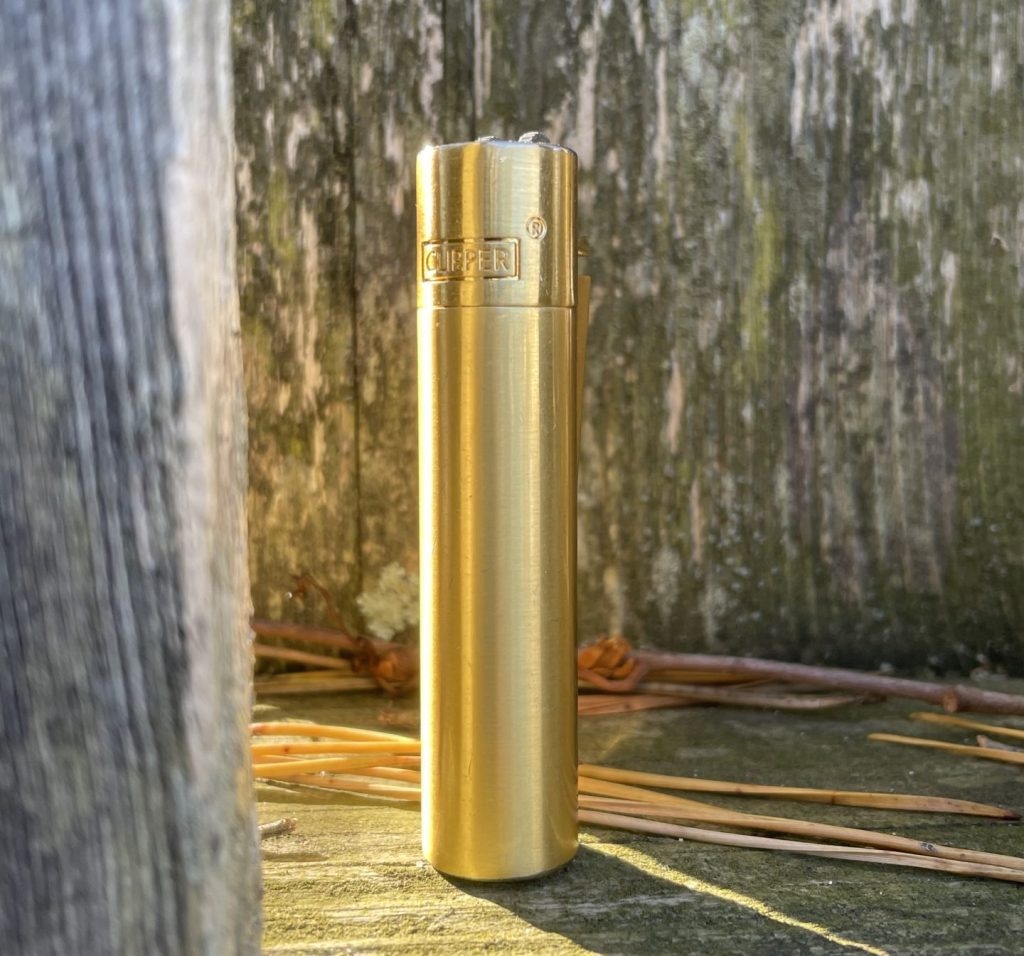
Let me premise this by saying that I actually haven’t always carried a lighter. Not as long as I’ve carried a light and a knife for general EDC utility, at least. I’ve always kept them around, or in close reach in a pack or a box, but as of the past few months I have kept a brass Clipper lighter in my back pocket.
Now I know all of you have heard of BIC lighters and Zippo lighters. Historically, these are what I have kept around for lighting pipes, candles, and fires. I still have a bunch of them, and they have their advantages, but after having carried a Clipper for a while now, I can confidently say I am shocked and surprised by what I deem them superiority of the Clipper lighter.
But let us walk before we can run, and then you’ll get my full reflection on the Clipper.
Why You Need to Carry a Lighter in the First Place
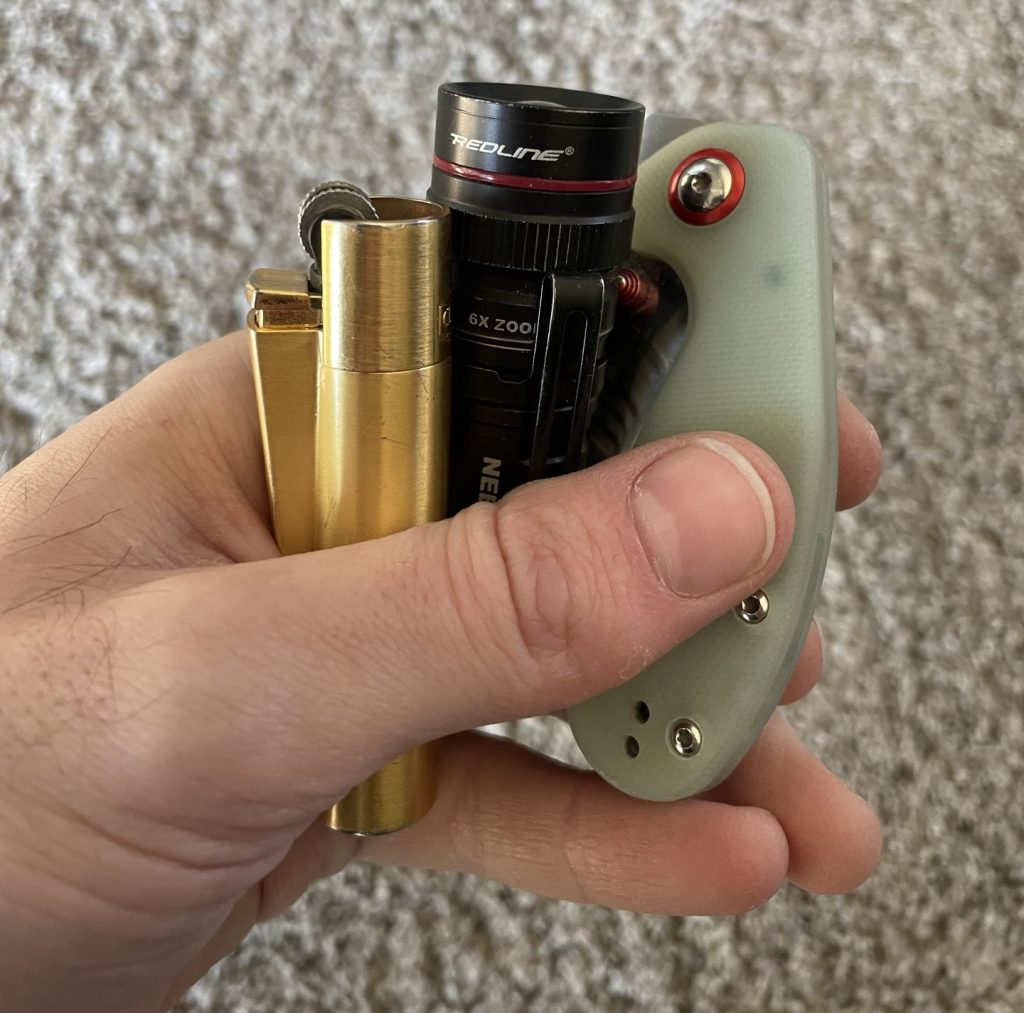
As I stated, it’s only been recently that I started carrying a lighter everyday, but it shouldn’t require too much explanation to make a strong defense that there’s utility in it. But, while it’s obvious why a smoker would need to keep a lighter around, past that, it might not seem like you need one everyday.
Still, after I started carrying one all the time, I felt myself reaching for it more than I’d thought I would. All things considered, I reach more frequently, and reflexively, for either a flashlight or a blade, but the lighter is a close third.
There are a million and one uses for a lighter that might not be readily apparent. That being said, here are some of the reasons I’ve reach for the lighter in my pocket, and what it has been able to help me accomplish:
The obvious:
Lighting candles, oil lamps and torches
Lighting pipes and cigars
Lighting the grill
Lighting fires

But even beyond these straightforward and obvious applications for a lighter, there are even more practical applications that I discovered along the way.
A light in the darkness. I carry a flashlight all the time but the lighter is a good backup.
Shrinking heat-shrink wire insulation (I recently had to repair a broken wire and used my lighter to complete the job.)
Fusing the ends of synthetic rope, such as when I was working with paracord.
I’ve even used the butt of the lighter as a basic lever, such as to open a bottle. I use a knife spine more frequently for this but the lighter makes a good backup.
Even without the fuel, I’ve used the spark rod to light char cloth for fires (more on that below).
Used it to cauterize pins and tweezers before pulling out splinters.
I occasionally smoke a pipe, and the round flat bottom of the Clipper lighter makes a good improvised tamper. It can be used as a tamper for other things, too.
Fire is one of man’s oldest tools and without a doubt one of the most pivotal. Carrying a tool in your pocket that allows you to harness the power of fire should be its own justification. Now, admittedly, I do not routinely find myself in survival situations, despite the fact that I spend a good deal of time outside. It’s probably also the case that most of you reading this also are not in those sorts of situations. But that doesn’t mean you shouldn’t be prepared, and a lighter can help keep you at the ready by outfitting you to take on all of these challenges and then some.
So, that’s my ten-second justification. Now let’s get into why I prefer a Clipper lighter over a BIC or a Zippo, or even some other alternative.
The Clipper Lighter: Basic Features and Advantages
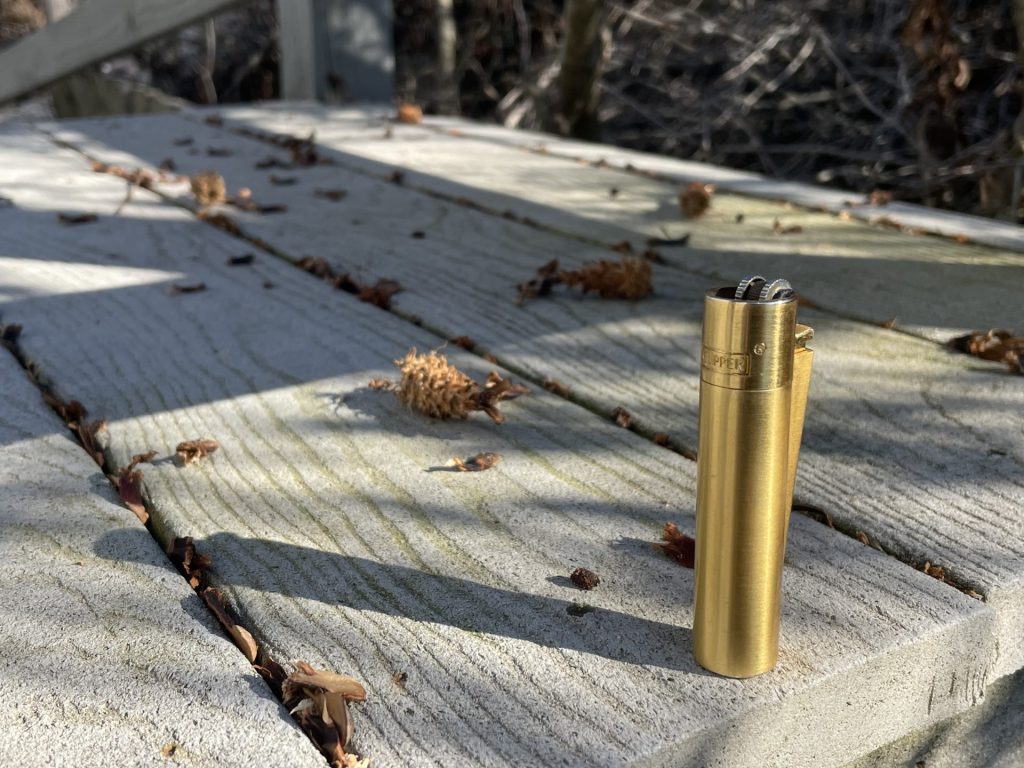
The image above shows the brass Clipper lighter that I carry in my back pocket everyday. Clipper lights are available in a mind-boggling number of colors and patterns, with most being made of colored plastic and some being cased in brass or other metals. Some Clipper lighters are made in different sizes and Clipper also makes windproof jet lighters and candle lighters.
This is one of their basic models, and this type of Clipper follows the same design and operation as the majority of them. These lighters contain butane in a pressurized cartridge and accept a plastic “striker mechanism” that is used to light the lighter, just like a BIC or a Zippo.
There are a few things about these lighters that put them at an advantage over some of those alternatives, though.
Consider first the Zippo. The Zippo, the basic model of which features a steel housing inserted into a metal case, accepts liquid lighter fluid (naphtha) and a wick. There is a steel striker wheel mounted to the “guts” of the lighter that is used to ignite the wick.
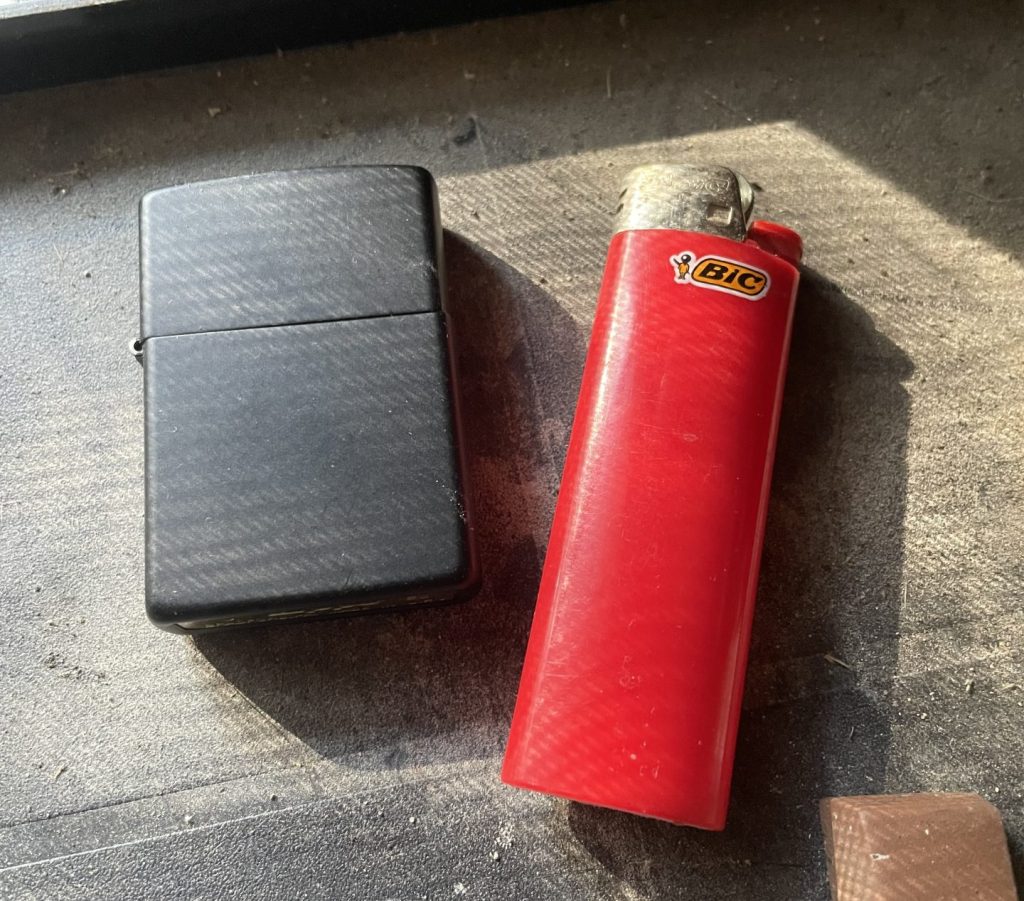
The Zippo has some serious advantages. It is made in many different sizes and configurations, and there are literally hundreds of different colors and patterns available. But these are cosmetic
The fact that the Zippo accents liquid lighter fuel means that it is much more reliable in colder weather, which is a big disadvantage of butane lighters. The Zippo also offers the benefit of being able to replace the flint and wick when they burn out.
The Zippo does not self extinguish. This is both an advantage and a disadvantage, as it allows for hands free use, but it also means the lighter must be intentionally extinguished.
The Zippo is also windproof (a big advantage over butane lighters), and is physically very durable. Zippos are extremely tough, can survive unbelievable abuse, and ZIppo guarantees them for life. That’s definitely worth something.
However, they are not without their faults. The Zippo contains naphtha lighter fluid in a series of cotton-like puffs stuffed up inside the lighter. Nothing seals the lighter fluid in and within a few days to a week (in some cases, perhaps a bit longer) the lighter will run dry, even if you don’t light it. This means that storing a Zippo as a survival tool is slightly less than practical because after a few days the lighter will be dry whether you use it or not.
There are plastic gaskets you can buy that slightly inhibit the rate of evaporation but do not stop it, so it’s not really a solution. If you use a Zippo you just need to get used to this fact.
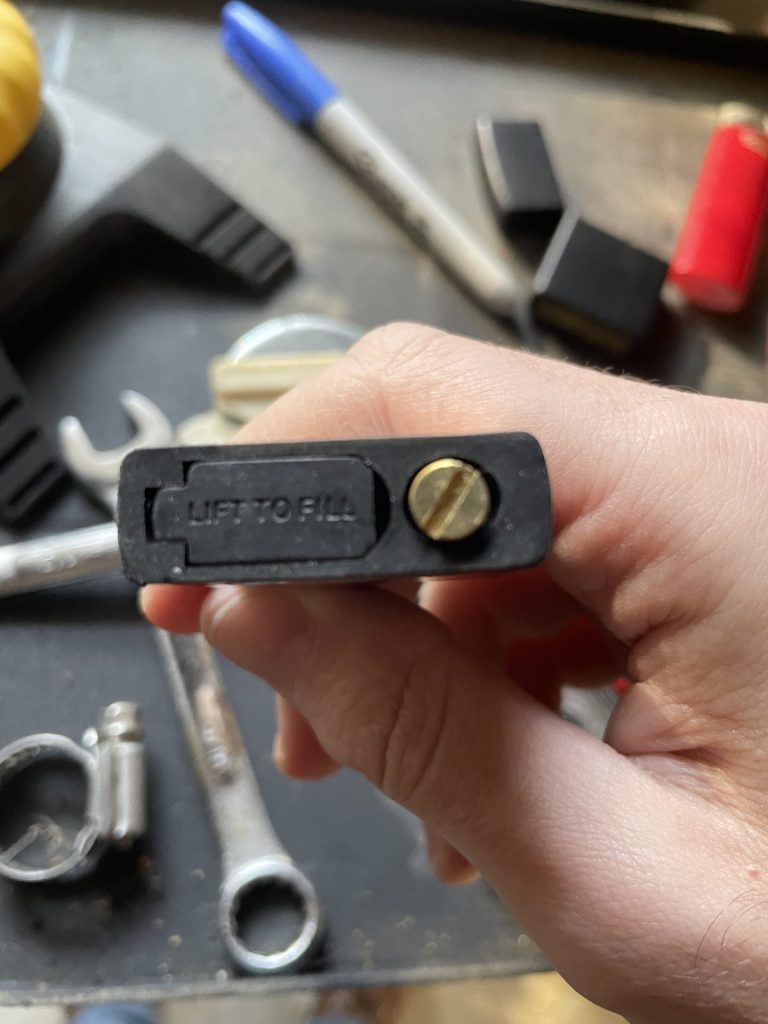
In addition to the fact that ZIppos are terribly uneconomical with fuel, they also do not have adjustable flames.
So let’s talk about a BIC. The BIC, also available in many different sizes and configurations and a huge range of colors and patterns, is a disposable Butane lighter. It is not windproof like the Zippo, also does not feature an adjustable flame, and, since it is butane, is not that great in the cold.
But the BIC has some advantages. Since it’s fully sealed, you can put it on a shelf and if you don’t use it it will still be full in 10 years. You can’t say the same about a Zippo.
The BIC also has a long flint that is supposed to last for something like 3,000 lights. Unless you intentionally play with the lighter, there is almost no way that the flint will run out before the lighter runs dry.
Without a doubt, one of the prime advantages of BIC Lighters, at least for most users, is the cost. They’re extremely cheap and when you buy them in bulk the unit cost will come out to well less than a dollar.
WIth that being said, BICs are disposable. They cannot be refilled, so when the lighter does run out, you need to toss it. You can harvest what remains of the flint if you like, but this takes a decent amount of work, and after all that work, you still need to throw away the lighter.
This brings us to the Clipper, which is a butane lighter and has a lot more in common with the BIC than the ZIppo.
The Clipper is about the same size as a BIC but instead of being ovoid in cross section it is round. Like the BIC, it is a butane lighter which lights from a flint striker and it is also available in a wide range of colors and patterns.

So let’s break it out by advantage over each of these types of lighters.
First, the Clipper is lightweight and extremely packable. This puts it on about the same footing as a BIC lighter. Like a BIC, a Clipper only weighs a few grams, somewhere around 15 grams, or just about a half ounce (mine is a little heavier since most are made from plastic and mine is brass). Zippos weigh between 1.5 to 2 ounces, depending on size and the style of the case. This gives Clippers the advantage in weight and packability.
Another huge feature of the Clipper is the fact that these lighters can be refilled. I cannot stress how much of a huge advantage this is. When the lighter runs low or empty, just fill it back up with butane and you’re good to go. You don’t need to toss it like a BIC, which protects your investment and keeps litter down. They cost about the same, so would you rather spend a few cents and get a lighter that you need to throw away, or one that will literally continue to work forever?
Also, another draw of the Clipper (although it shares this in common with BICs) is that you can shine a light on the size of a plastic Clipper (not mine, though, since it is brass) and see immediately how much butane is left in the lighter.
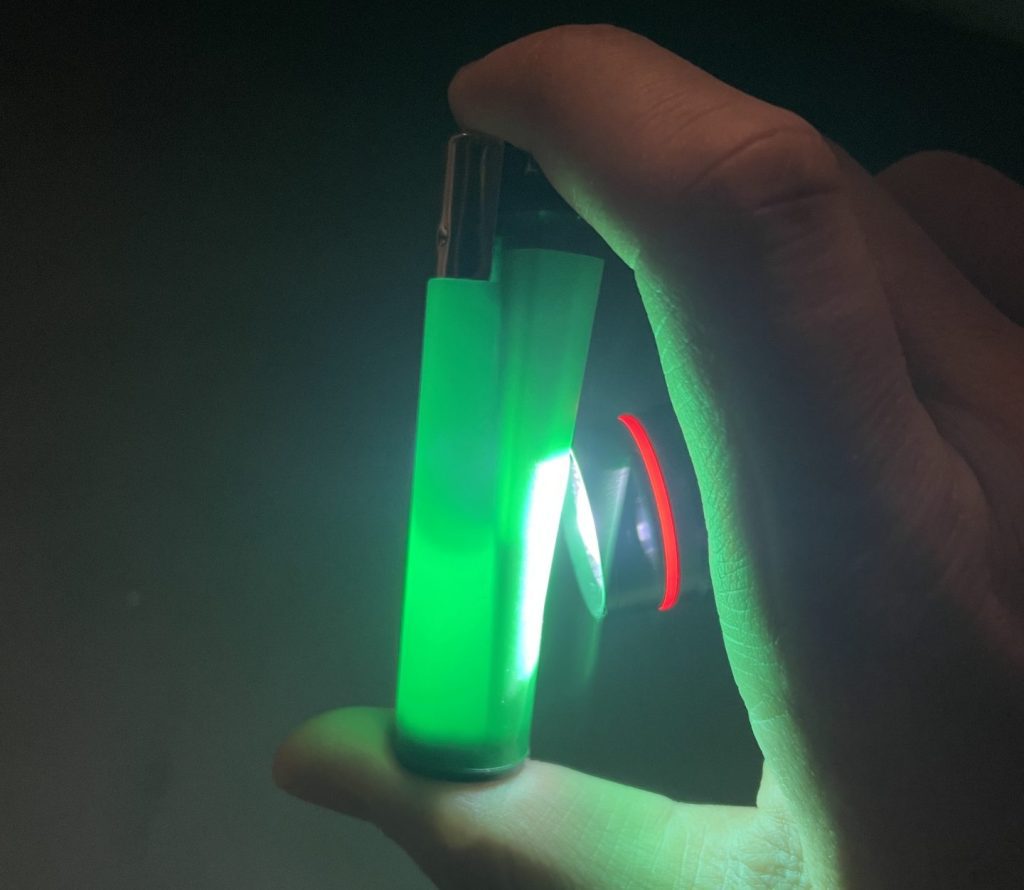
What about the flint? When that wears down, you need to throw the Clipper away, right? Wrong, because you can replace the flint. They take flints that are basically the same size as Zippos, so finding replacement flints is easy and affordable.
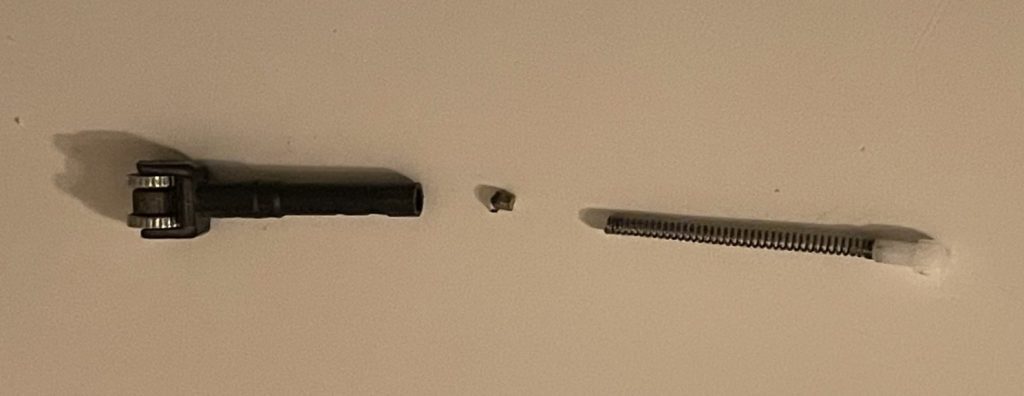
As you can see from the picture above, you can unscrew the cap at the base of the striker mechanism and a spring will come out, followed by the flint. It’s very easy to reflint these lighters.
The Clipper is a lighter that costs a few cents and which will last forever since it can be refueled and reflinted. Rarely have I seen such an affordable tool that offers such incredible value and quality at such a low price.
Another advantage of the Clipper is the fact that, unlike a Zippo, if you drop it in water, it will float. Again, this is not one of the advantages of the Clipper I carry everyday as mine is brass, but for most Clippers, it is the case.
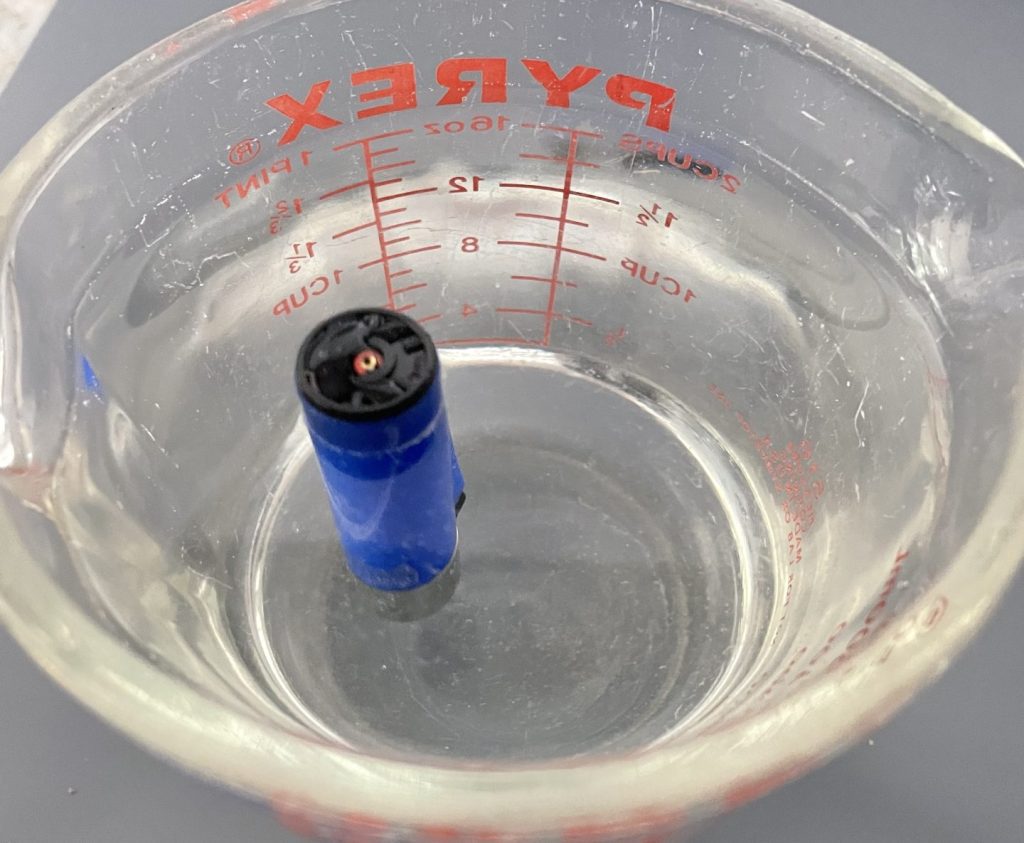
The fact that the striker mechanism can be removed from the lighter is another massive draw. Let’s say you’re in the woods and you have two clippers. One runs out of fuel midway through your camping trip, or what have you.
You can simply take the striker mechanism out of one Clipper and insert it into the other. These lighters enjoy surprising modularity for such a cheap price.
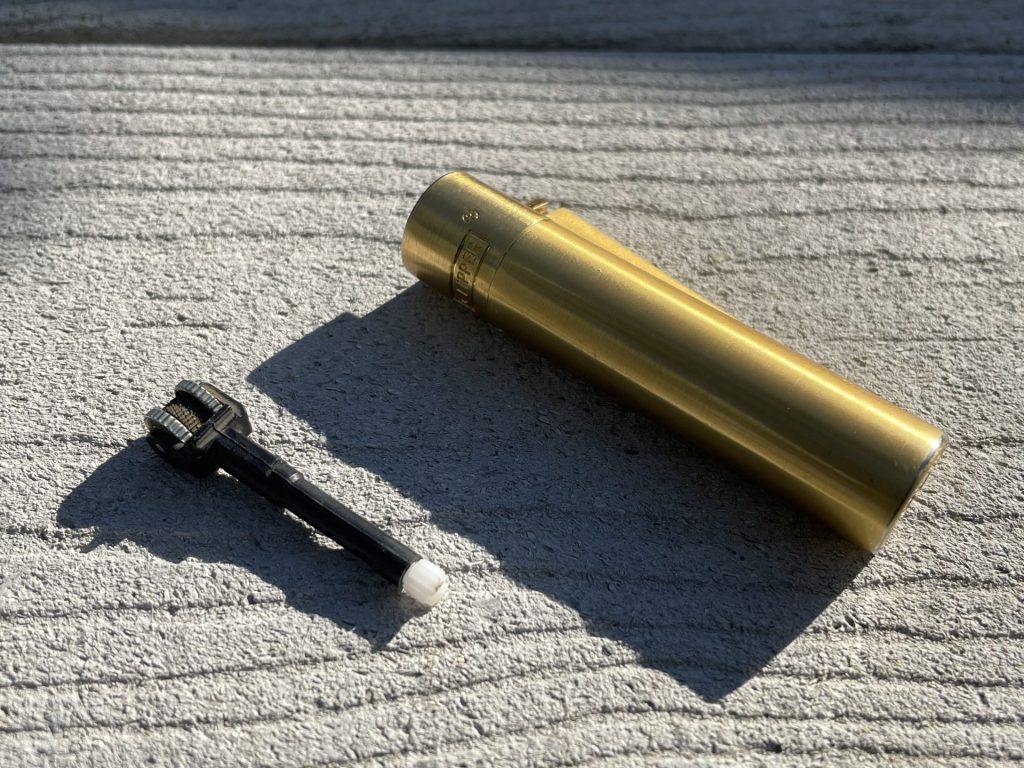
Here’s another great thing about these lighters, since you can remove the striker mechanism. Let’s say you only have one and it runs out of fuel while you’re in the woods, but you need to make a fire.
Now, let’s say you have some char cloth on you, or something similar. Even if your lighter runs dry, you can remove the striker and use it easily to direct the sparks onto your tinder. I have lit both char cloth and other sorts of tinder following this method.
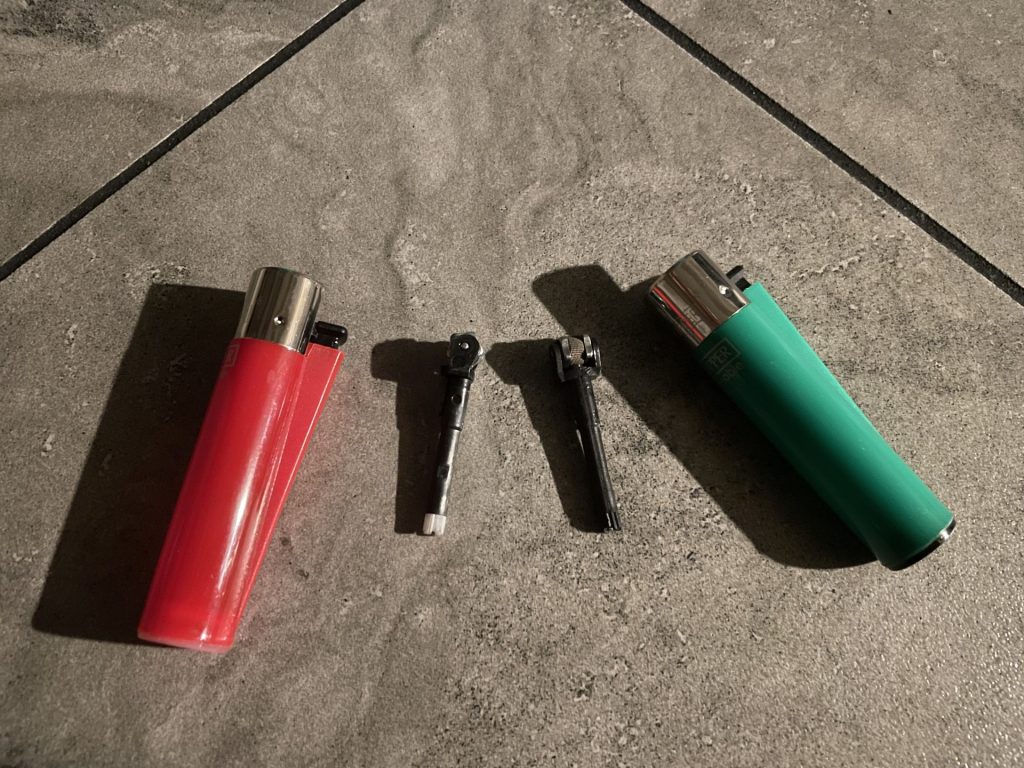
This is by no means something I just “came up” with. Just take a look at this flint wheel mechanism that UST produces. It’s the same basic thing as the striker mechanism of the Clipper, except each Clipper has one built in and they each cost like a dollar whereas that thing costs an offensive nine. The Clipper is one-tenth the price and carries significantly more utility.
Some Clipper lighters also have adjustable wheels at the bottom of the lighter body that can be used to dial up (or back) the size of the flame. Although mine do not, you can adjust the flame of any Clipper lighter, simply by tilting it to the side. This produces a bigger flame and is useful for reaching tinder, candle wicks, or just lighting a pipe. It is another feature of these lighters.
Being sealed, it is also the case that these lighters, like BICs, will never be discovered to be “suddenly” empty, as a ZIppo might. They’ll remain full until you use the fuel inside of them.
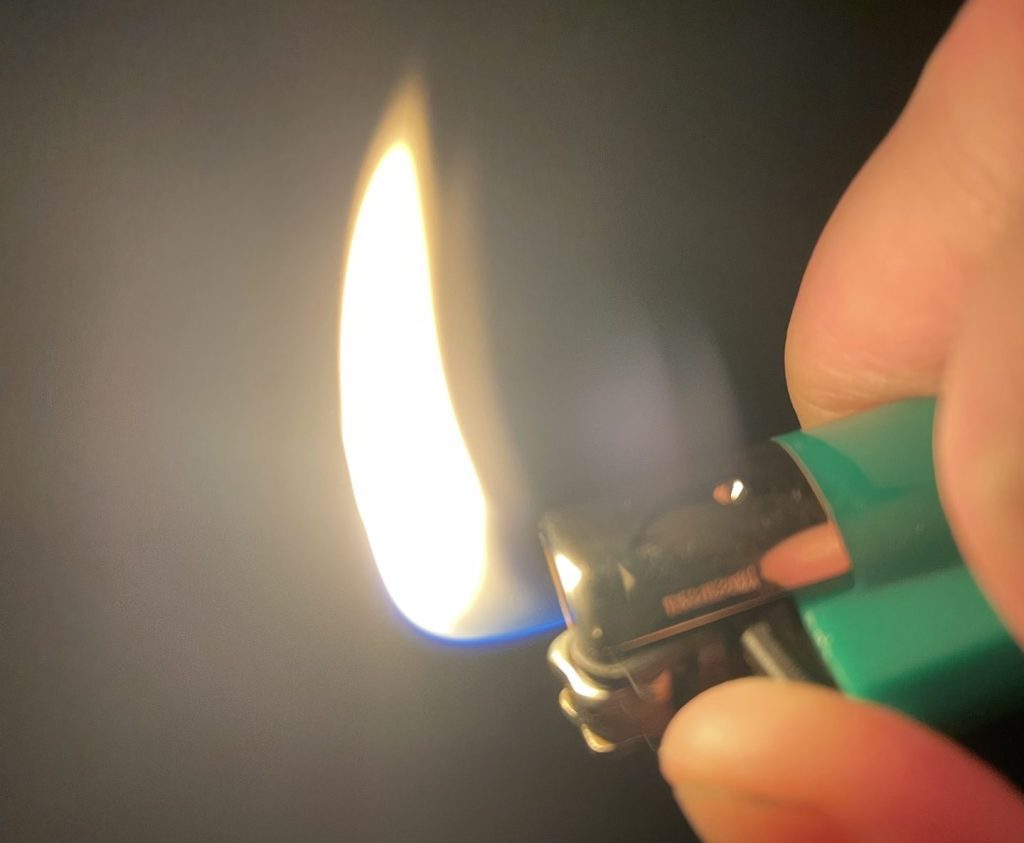
Another draw – at least for smokers, is that the removable striker mechanism is perfectly sized for rolling and packing cigarettes. That’s less of a draw for me, but as I mentioned, I sometimes use the round base of the clipper lighter to pack a bowl of tobacco in a pipe. Both BICs and Zippoes cannot be used for this purpose. I carry and use a pipe tamper, too, but this is a nice feature of the Clipper nonetheless. Just be sure, if you ever use this method, that you only ever use it to pack the pipe and never use it as a tamper once lit. Let it not be forgotten that the lighter is full of butane!
Then there’s the price. I just can’t believe how cheap these lighters are. The brass one in my pocket cost me a shade over 10 dollars, which is a bit much, but that’s still half the price even of a cheap Zippo. The plastic ones (of which I have thirty or forty stashed in essential places like backpacks and toolboxes) rival BICs in price – except they can be refilled and reflinted.
So, to wrap that all up, Clipper lighters have the following advantages:
Very cheap
Very reliable
Modular
Fairly durable and long lasting
Reflintable
Refillable
Plastic ones float
Can be used as a pipe tamper/ striker can be used to pack cigarettes
Removable flint striker can be used as a flint-wheel firestarter
Fluid level can be easily checked with a light
Will not leak lighter fluid
Flame level can be adjusted by tilting the lighter
So, as you can see, these lighters really offer a lot of utility for the money.
What’s Not the Best
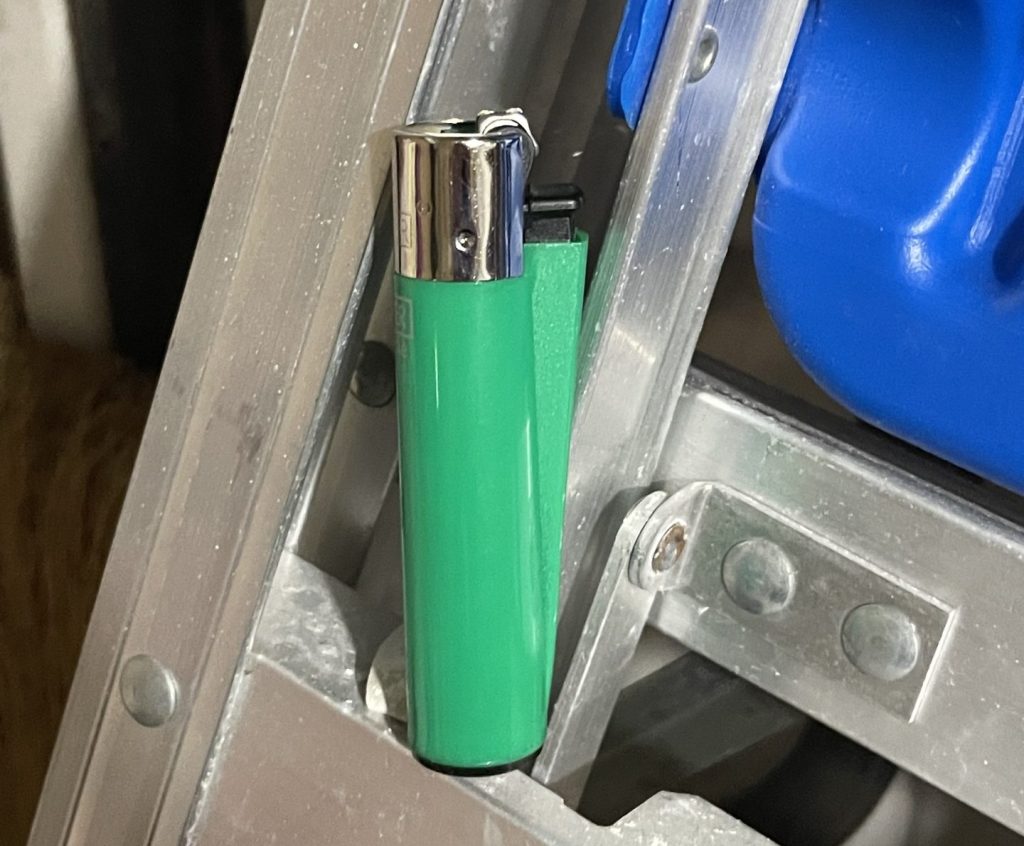
In the spirit of fairness, I should offer a few words on what I believe are shortcomings of the Clipper. Although,I will say, I had to reach for straws here, because there really is very little I don’t like about these lighters.
So, with no further ado, let’s consider the following.
Clipper lighters are not windproof and are terrible in the cold. But, let’s get real with this. No butane lighters are. So this is really a drawback of soft flame butane lighters and not of the Clipper.
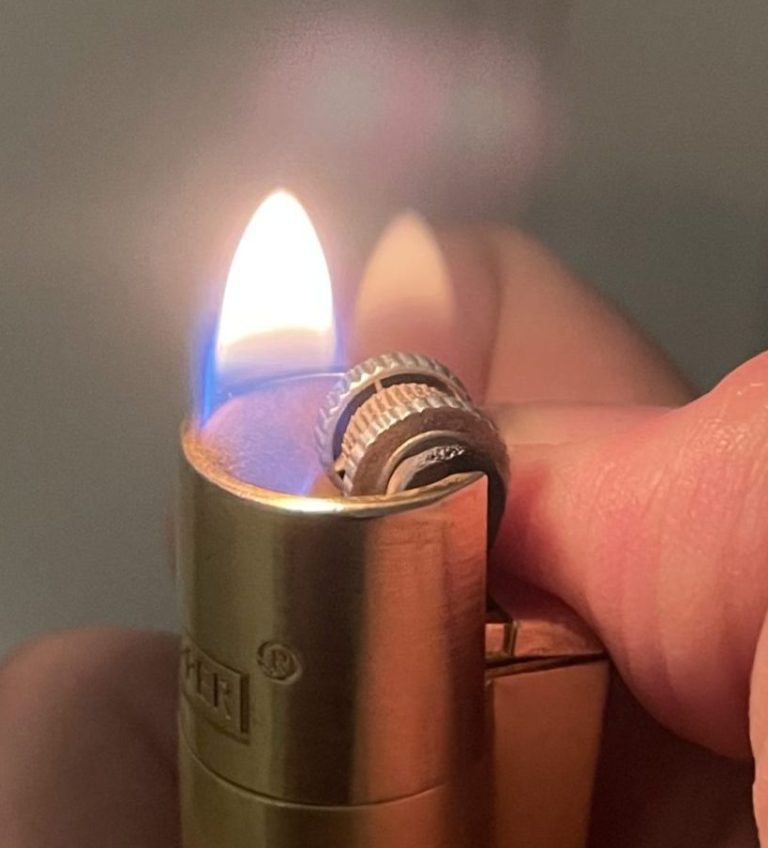
I can’t help but love the aesthetics and ergonomics of the Zippo better. It’s just a classier lighter than the Clipper and better for fidgeting, too. I love the play with my Zippos and that classic “clunk” noise of the Zippo toggle cam is universally recognizable. Clipper lighters don’t have a lot of fidget appeal. But this is a lighter primarily, and not a toy. So I can live with it.
The flint of the Clipper is ot particularly long lasting. I’ve never had a BIC’s flint run out on me, but I’ve had to reflint several of my Clippers several times. Still, even though the flint isn’t particularly long lasting, I’d still rather have a reflintable lighter with a small flint than a disposable lighter with a long-lasting flint.
Finally, to be fair, the Clipper really is not as bombproof as a good Zippo. But it is still pretty tough, so this is just a judgment call here. The Zippo is tougher, but the Clipper makes a good show.
All in all, that’s really all I can come up with. Besides the small flint and the fact that they’re neither windproof or reliable in the cold, the Clipper really doesn’t have that many disadvantages.
Let me know if you disagree in the comments and if you all make good arguments against the Clipper, that I haven’t already covered, I’ll update this post with your suggestions.
Clipper Lighters: Low-Cost, Potentially Life-Saving Utility in Your Pocket
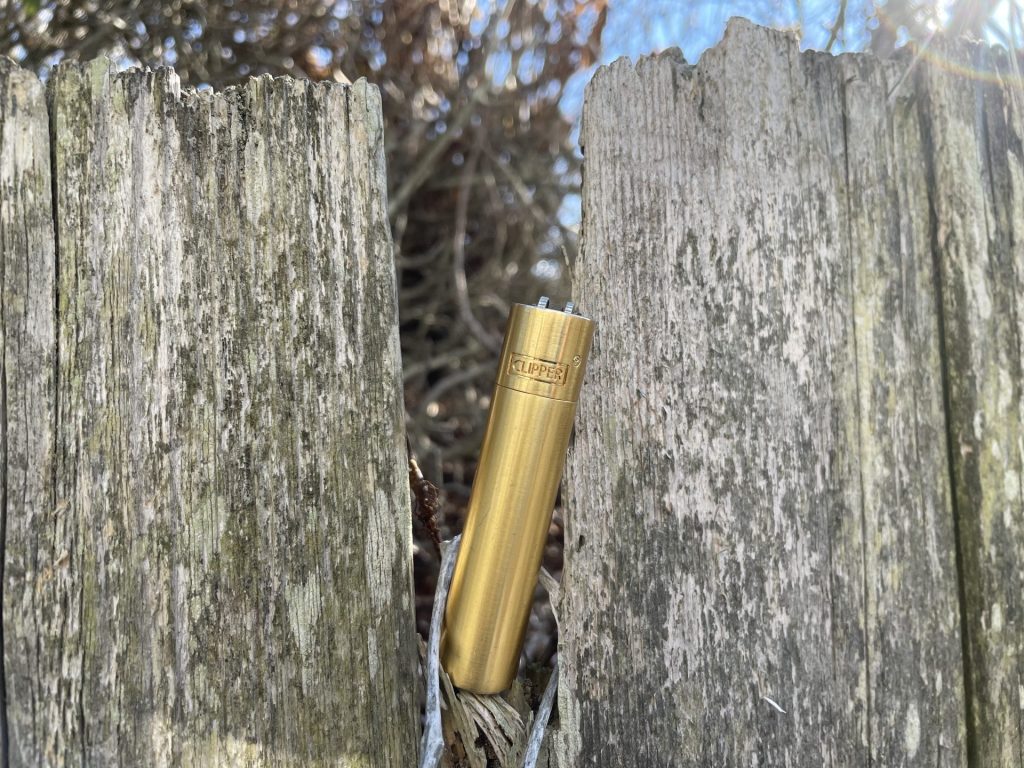
You’ve heard what I have to say about Clipper lighters, so I won’t beat a dead horse. I think I’ve made my point, but if you feel a strong sense of loyalty to your BIC or Zippo, then good on you. Stay the course.
But if you don’t feel a strong sense of loyalty to any of these items, maybe reconsider. That I will mention again. There is a reason that every list of EDC essentials in print and on the web contains some lighter in the lineup.
It’s because, like a knife and a flashlight, these are truly indispensable tools. After having carried a Clipper consistently everyday for a few months, I can honestly say I’d feel naked if I went back to being without one. It’s at the point now where I have my brass one in my back pocket, and then several stashed in each of my jacket pockets and pack compartments. That’s how useful it seems having a lighter around.
Ultimately, only you can decide. But I’ll let your experience be the judge of that.
Let me know what you think of the Clipper vs. Zippo vs. BIC debate in the comments. I know where I stand.
~The Eclectic Outfitter
I´ll def get me a lighter next time I go shopping!! Thx!
As someone who has carried and used (multiple times) a lighter every single day for half my life now (32 y.o.) and I have tried many,many, MANY a lighter and it is with disappointment I have to report that there really is no cool, or hip, or even just practical lighter option out there that is superior to the classic bic “safety” lighter.
Believe me I have spent hours upon hours and dollars upon dollars researching and trying various brass and Ti or aluminum made in USA, Japan, Eur, Spain, Italy, Austria, and of course china amongst others.
And just to be clear I’m primarily speaking of butane as I do smoke cannabis (WA state *not that I wouldn’t even in Idaho or Utah etc.) And therefore zippos and such simply arent a valid option. Although I have my collection of zippos and imcos (imcos blow zippos away) ..
So butane only which limits the selection exponentially. Remember practicality is priority for a useful EDC anything but especially lighters. Which when said and done leaves just clippers and bic more or less..
Plastic clippers: Great price, cool designs, decent fuel reservoir, cheesy gimmicks with the cig roller poker thing and the tilt for bigger flame (lol that’s called gravity not a feature by design) easily reflintable and refillable but that’s just the problem right there yes they technically are refillable but the vast majority of them are about as good as disposable after the first couple refills anyways because for whatever reason, I don’t quite know why but I have seriously thought about and even broken down lighters to find out why but for whatever reason the flame gets so small and dim on them that it is equivalent to a bic running on fumes actually not even that big. So small that any wind or even stagnant cold air prohibit a flame from even igniting at all. And believe me this is no one off incident I have had dozens upon dozens as one of the convenience stores I used to live by only carried them luckily they are the same price or less than bic so I just use them as disposables anyways but don’t actually throw them away as yes for s super emergency could come in handy and I have an entire junk drawer full of them. Doesn’t matter how much fuel you top em off too how new the flint, or even striker wheels are even if you take a pin and push it down the ignition hole to try to clean off carbon perhaps it doesn’t matter there is nothing I have found to fix this issue and.they aren’t exactly complex devices so I am at a loss if anyone can shed some light I would much appreciate it.
Metal clippers: I too was in awe when I first seen the brass line, online. I ordered a brass with a textured grid type pattern and I will say it is pretty bad ass looking or was, and have gotten several compliments on it. Here’s the issues I have with the metal clippers, I question if it is actually metal I cannot explain u would have.to see but mine the gold has.all.worn off and it isn’t patinad like you would expect it’s like white or almost clear looking like plastics that are painted.to resemble metallic surface of that makes sense but that’s whatever I will say that the flame adjustment IS for sure plastic and very jenky lost mine ages ago. The worst part about this lighter is the laughable fuel reservoir that many times has ran out during the day after topping it off before leaving the house.
If they could just add the flame adjust to the plastic clippers that could potentially be the best lighter but I still think I would prefer my bic classic. They are comfortable, stupid reliable (as long as they are dry or dried off they work) have fairly decent fuel tanks, easily obtainable, and emit a good steady, strong soft flame especially when compared to litterally anything else I have ever used.
Thanks.
Your brass clipper now just needs a lighterbro and you will be set.